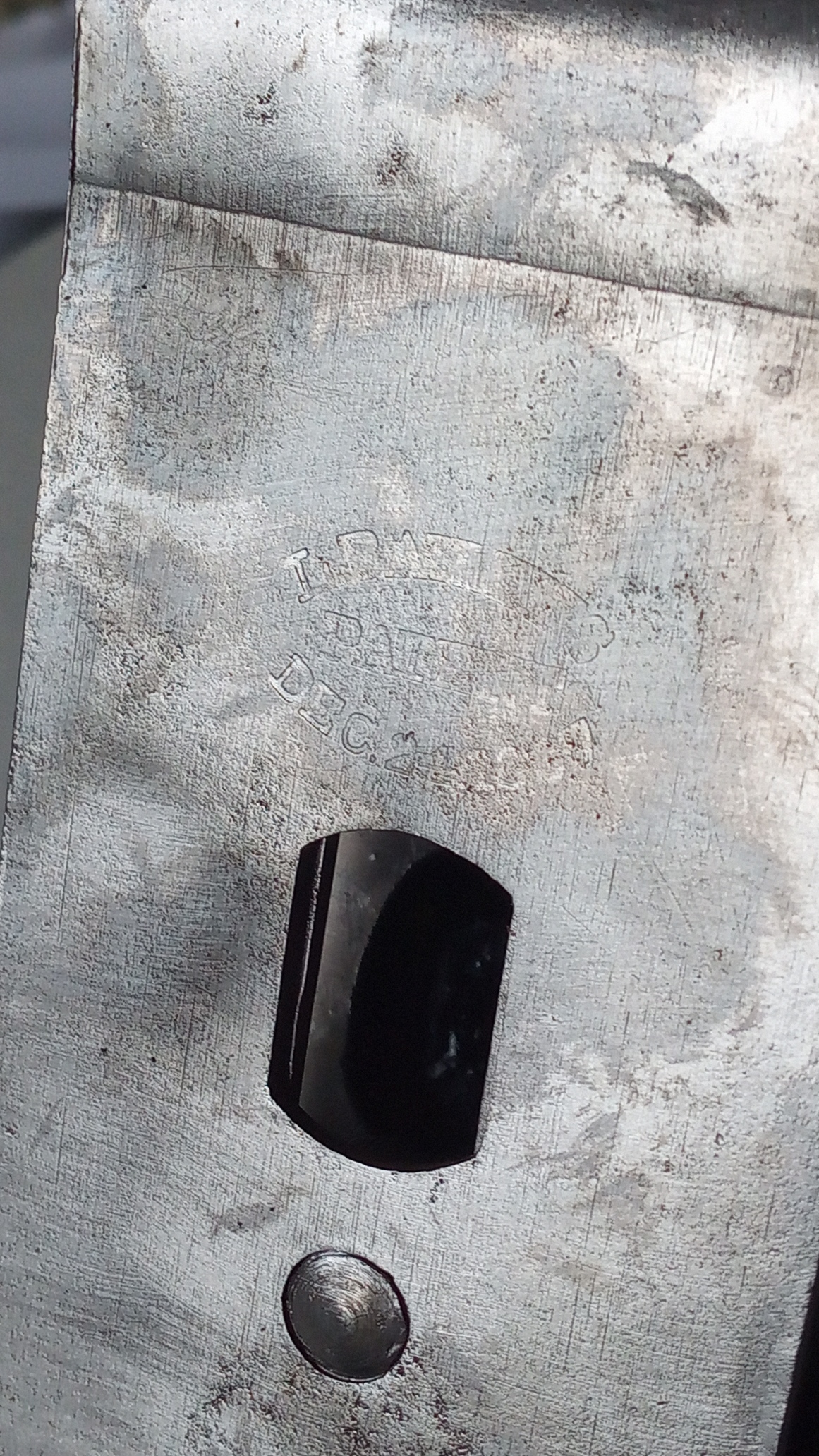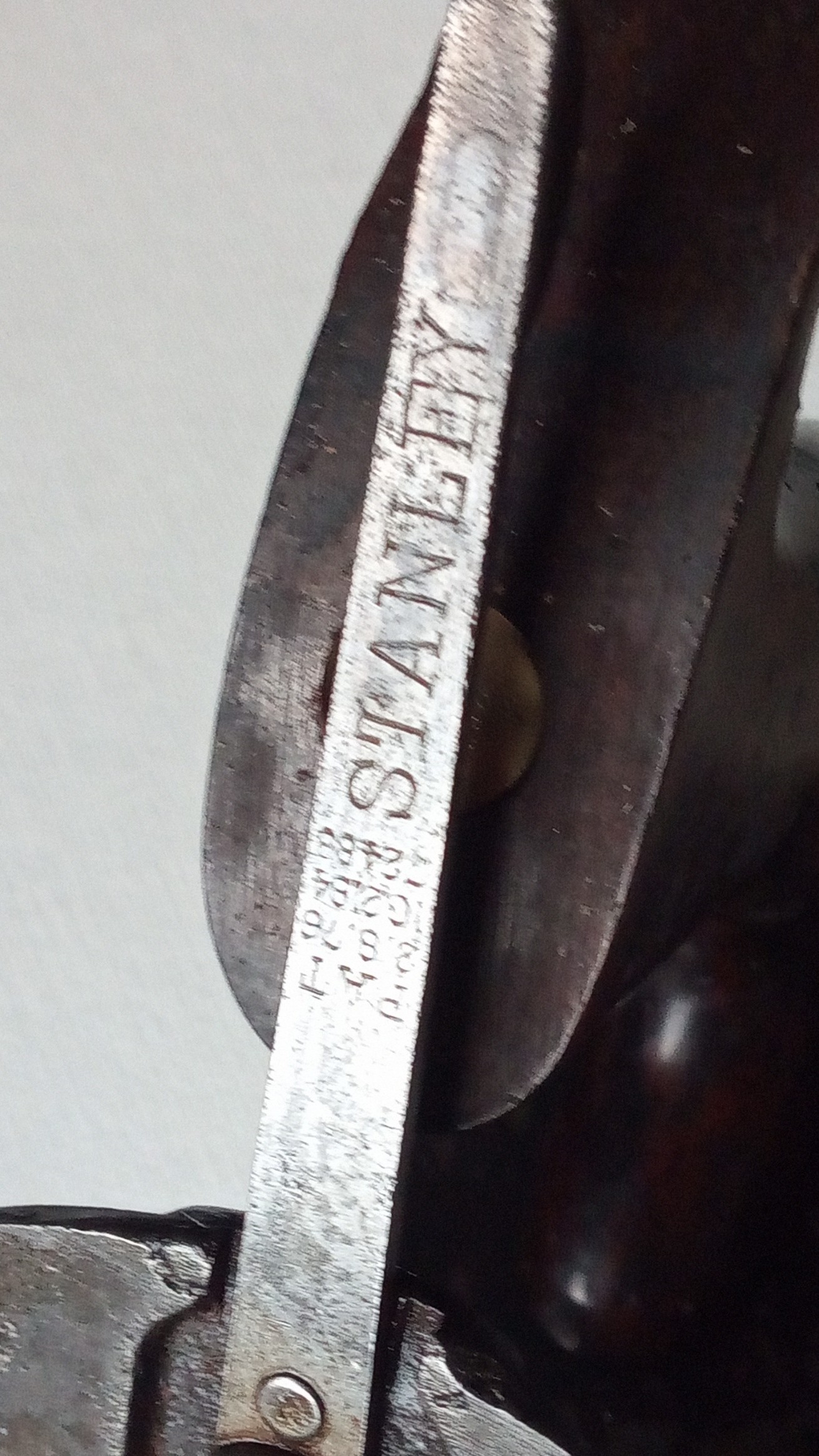ZippityNZ
Established Member
My new $10 purchase arrived during the week, and after checking on rexmill.com I thought I had a Type 6 (1888-1892)
After a quick cleanup, I became more confused with its lineage. For example, I noticed a stamp that I had never seen before on the iron cap and the letter "S" on the plane's bottom, behind the frog.
The adjuster nut has a right-hand thread.
Maybe I have a "bitsa"





After a quick cleanup, I became more confused with its lineage. For example, I noticed a stamp that I had never seen before on the iron cap and the letter "S" on the plane's bottom, behind the frog.
The adjuster nut has a right-hand thread.
Maybe I have a "bitsa"














































